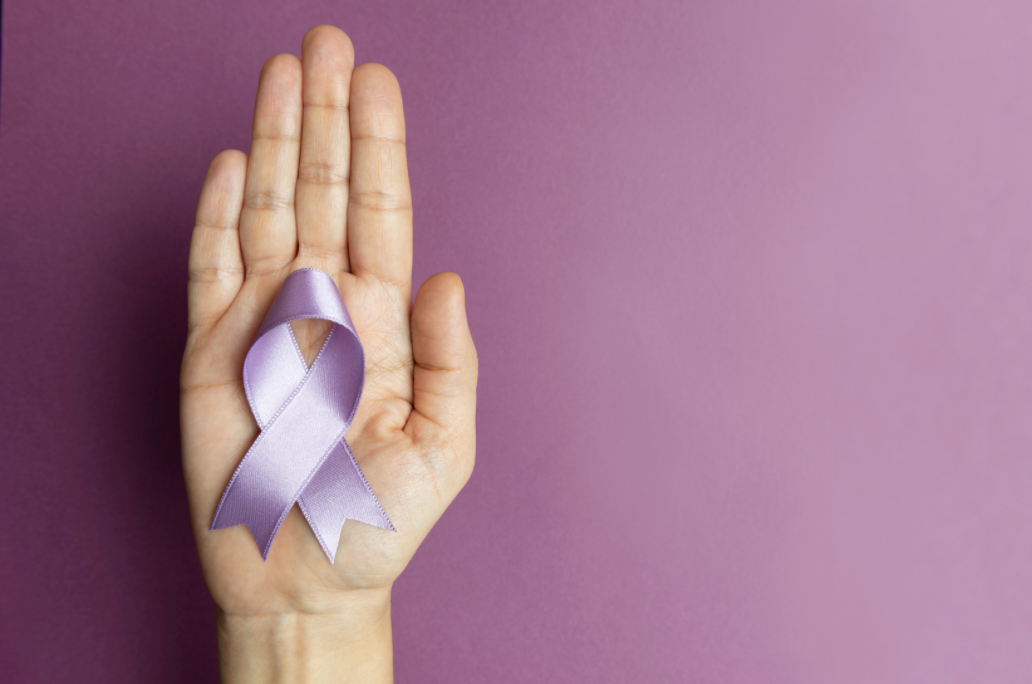Guest Post by Seeds of Hope
Most people reading this blog will likely already have heard about the “COVID 15,” or have had conversations with friends and family about how staying at home has led to “eating too much.” You may have also heard some people talk about “Corona bodies,” and felt pressure to use any extra time you have now to work out or start a diet. These topics have been commonplace during this time of collective trauma and, although seemingly innocuous, have been part of the reason why lots of folks are struggling with food, body image, and self-esteem right now.
Teens are especially vulnerable to these messages, as evidenced by the high rates of disordered eating and body image issues within this age bracket. If you compound the already present pressure to look and act a certain way during adolescence with increased messaging about what we “should” and “should not” be doing with our bodies during stay-at-home orders, teens are at an increased chance to develop unhealthy thoughts and patterns around food and exercise during this time. These messages can come from a variety of sources, including their peers, social media, and beliefs about food and bodies in their home environments. And with less distractions and support due to social distancing measures, along with increased stress related to the state of the world, these patterns have more of an ability to grow and become major coping mechanisms.
So, what are the signs that you or someone you know may be struggling with disordered eating? First, I tend to tell clients and their support systems that if you are having thoughts that there may be a concern, their likely is one. Other signs of disordered eating and body image issues include: skipping meals consistently, trips to the bathroom for longer periods of time after meals, hoarding food, excessive exercise, and increased negative comments or thoughts about food and bodies. For an even more extensive list of potential eating disorder symptoms, visit: https://www.nationaleatingdisorders.org/warning-signs-and-symptoms.
What can you do if a loved one is struggling with disordered eating and poor body image? First things first, it’s always a good idea to look in to treatment options to find the best type of professional help, since eating disorder specialists are trained to help you navigate this difficult experience. Also, I encourage you to come to any conversations about their potential struggles with compassion and an open mind; disordered eating can be hard to recognize within themselves for the person struggling, and can lead to defensiveness when confronted by someone who cares. Let the person know you are there to support them and are worried for their well-being and health, and work on validating their experiences while continuing to verbalize your concerns. It’s also important to work on your own self-care, since supporting someone struggling with an eating disorder can be emotionally difficult.
If you are worried about your own eating patterns and body image, there are some tools you can begin practicing to help mend your relationship with food and your body (and it is also always recommended to look for professional help as well). First, I encourage you to begin taking notice and writing down your thoughts: ask yourself, “What feels authentic to me, and what feels like diet culture talking?” Then, you can begin practicing challenging these thoughts. For example, if the thought is “I have to work out every day or else I can’t eat dinner,” you could practice challenging this thought by saying “I know that every person needs and deserves to eat throughout the day, regardless of how much movement they engaged in. I wouldn’t tell my best friend not to eat dinner to punish themselves for not exercising enough.” Another helpful strategy is to practice putting space between your automatic thoughts and any action urges that follow them- for example, if you struggle with binge eating you may have the thought “I need to eat to cope right now.” Instead of completely denying this desire, which in turn makes your brain crave it more, set a timer for 5-10 minutes to allow time to practice another coping skill. Once the timer goes off, you can then decide if you still want to use food as a coping mechanism (which everyone does sometimes) or if you feel like you were able to cope in a different way. For a list of coping skills to try, visit: https://www.eatingdisorderhope.com/recovery/self-help-tools-skills-tips/effective-coping-for-eating-disorders
Eating disorders can feel scary to begin dealing with, whether it is you or a loved one who is struggling, but there is help out there that can provide hope and guidance to get to a place of body and food peace. For more information on types of treatment in the eastern Pennsylvania area, visit: https://seedsofhope.pyramidhealthcarepa.com/
About the author: Michelle Hilton is a Licensed Professional Counselor (LPC) in the Commonwealth of Pennsylvania, and has worked in the eating disorder field for the past 4 years. Through this experience, as well as her own eating disorder recovery process, Michelle has developed a passion for helping others heal their relationships with food and their bodies. Michelle believes in treating the whole individual, challenging societal beliefs that lead to disordered eating and poor body image, and encouraging clients to explore their true identities in the recovery process.
Michelle is currently the Clinical Coordinator for Seeds of Hope outpatient centers in Exton, Paoli, and Philadelphia, PA, as well as the Seeds of Hope residential program in Moscow, PA. Michelle brings a desire to support clients in the recovery process, as well as educating other clinicians, support systems, and the community about eating disorders. Michelle hopes to help change the perception of eating disorders and to allow space for others to develop healthy relationships with food, their bodies, and themselves.

